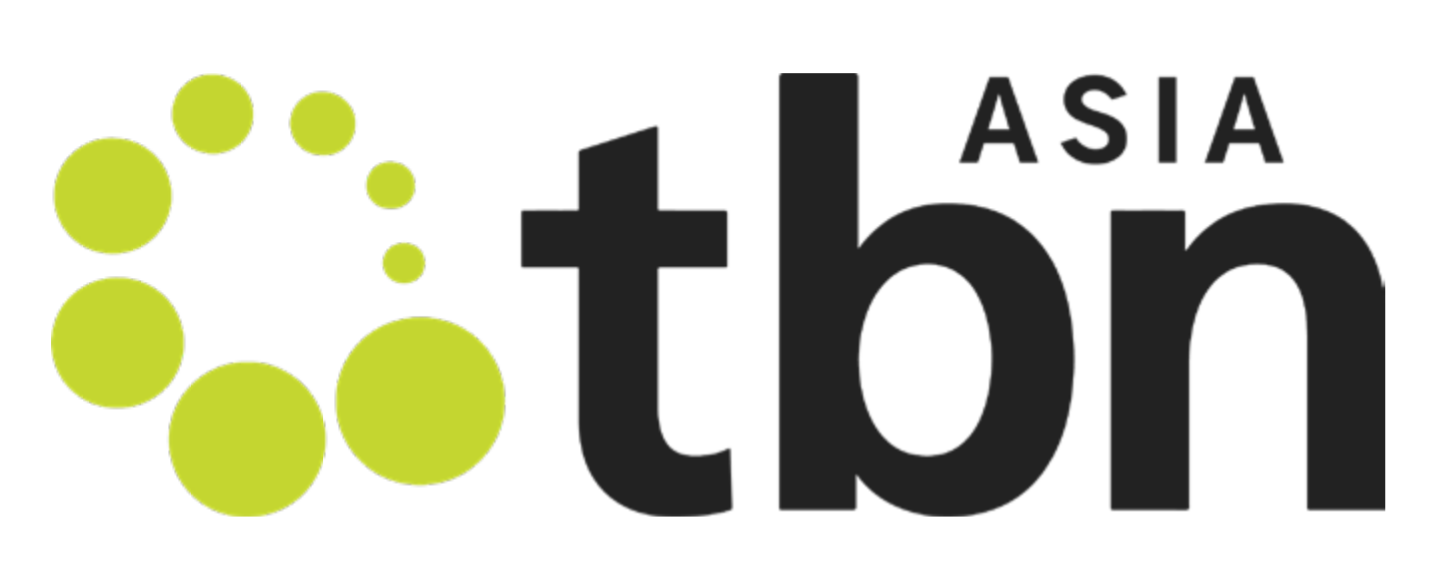
Solving Social Housing
Affordable Abodes aims to provide affordable, resilient and sustainable housing solutions for low income families and the poor.
In 2014, the United Nations estimated that 55% of the world's urban population lived in the Asia-Pacific region. Today, more than 50% of the Asian-Pacific population has become urbanized, with over 1.2 billion people living in urban centers. Despite marked economic growth in the region, growth has not necessarily reached all - with the urban poor still largely marginalized. There is a drastic shortage of affordable housing in particular. In Malaysia alone (where we started our mission), the World Bank estimates a shortfall over 1 million houses by 2020.
As a result of such inadequate development, these people are still most vulnerable to natural disasters and displacement. Almost three-quarters of global fatalities from natural disasters between 1970 and 2011 occurred in the Asia-Pacific region. The consequent displacement has given rise to increased migration to urban slums, thereby producing a greater demand for adequate housing. Asia-Pacific currently holds the world’s largest urban slum populations and the largest concentrations of people living below the poverty line.
Access to affordable, high-quality construction material is often limited in less developed regions, thus making it difficult for conventional technology to be implemented in areas where proper housing is most needed. Fortunately, there is a rising trend and interest in new, environmentally-sustainable construction materials. This allows for the setting-up of local value chains and livelihood creation.
VISIT WEBSITE
AFFORDABLE ABODES
Affordable Abodes (AA) strives to catalyse the construction of affordable, resilient and environmentally-friendly homes to low income families around the world. They are technologists, engineers and green advocates, up-cycling more than 95% of inputs which are otherwise industrial and agricultural waste products to create prefabricated building materials with similar (and often superior) properties to concrete but without the harmful environmental effects. Their model revolves around kenaf, a plant with an incredible range of applications. Through training and partnerships, AA is teaching communities to literally grow their own houses
Empowering the marginalised to fight poverty through the cultivation and fabrication of Kenaf into Kenafcrete®
SOCIAL IMPACT
The results are broad-based – dignified, standard housing for whole families; much improved carbon footprint compared to traditional concrete solutions; significantly quicker construction process.
Additionally, the business builds local value chains and creates sustainable income, via farming, industrial applications, etc. Eventually, this will be expanded to include education and up-skilling of local communities in the area of construction and materials.
Stronger
We construct our homes with KENAFCRETE®, a bio-composite made up of locally grown kenaf fibers. This allows us to make homes that are far stronger than typical ones.
Faster
Constructing homes using prefabricated KENAFCRETE® panels allows us to get started quickly. We can complete an entire one storey home within a week, from start to finish.
Cheaper
By using prefabricated panels, built in factories near to you, we bring the best value to the table. Reduced transport costs and building time means increased efficiency, that adds up to significant cost-savings.
Lighter
Through the use of advanced and environmentally friendly biocomposites, we are able to build panels that are significantly lighter than that currently available. This reduces transportation costs, allowing us to pass on benefits to the end user.


